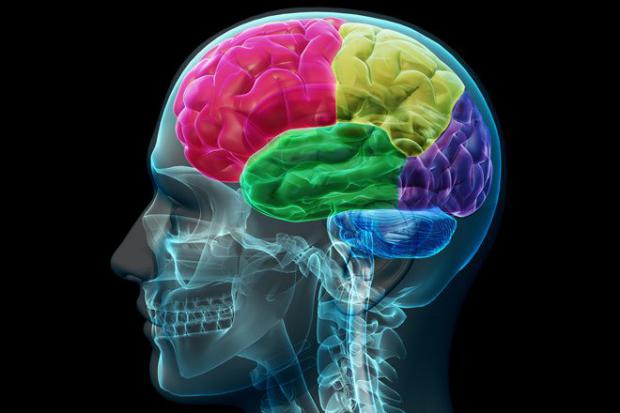
Breaking News
 Bitcoin Circular Economies and a Bridge Between Las Vegas and Peru
Bitcoin Circular Economies and a Bridge Between Las Vegas and Peru
 'Right of Return' for Israeli Child Predators Fleeing U.S.
'Right of Return' for Israeli Child Predators Fleeing U.S.
Top Tech News
 Magnetic Fields Reshape the Movement of Sound Waves in a Stunning Discovery
Magnetic Fields Reshape the Movement of Sound Waves in a Stunning Discovery
 There are studies that have shown that there is a peptide that can completely regenerate nerves
There are studies that have shown that there is a peptide that can completely regenerate nerves
 Swedish startup unveils Starlink alternative - that Musk can't switch off
Swedish startup unveils Starlink alternative - that Musk can't switch off
 Video Games At 30,000 Feet? Starlink's Airline Rollout Is Making It Reality
Video Games At 30,000 Feet? Starlink's Airline Rollout Is Making It Reality
 Automating Pregnancy through Robot Surrogates
Automating Pregnancy through Robot Surrogates
 SpaceX launches Space Force's X-37B space plane on 8th mystery mission (video)
SpaceX launches Space Force's X-37B space plane on 8th mystery mission (video)
 This New Bionic Knee Is Changing the Game for Lower Leg Amputees
This New Bionic Knee Is Changing the Game for Lower Leg Amputees
 Grok 4 Vending Machine Win, Stealth Grok 4 coding Leading to Possible AGI with Grok 5
Grok 4 Vending Machine Win, Stealth Grok 4 coding Leading to Possible AGI with Grok 5
Suspended animation a step closer? Scientists discover 'snooze button'...

Being able to put someone in a state of suspended animation may be a step closer after scientists found the trigger in mammal brains that can induce hibernation.
Researchers from the University of Tsukuba and Harvard Medical School identified the 'snooze button' in mice that triggered naturally occurring temporary hibernation.
This natural sleeping state was also triggered in rats, who do not usually hibernate or go into torbor, according to the Japanese scientists.
It may be possible to induce synthetic hibernation in humans if it turns out we have the same set of brain cells as the mice and rats involved in this study.
Being able to put someone into suspended animation could improve recovery rates from surgery or illness, the team say. It could also make interplanetary travel safer.
Two studies, unrelated but both published in Nature, made a similar discovery - that a neuron could be used to trigger torpor in mammal brains.
In a US study, scientists identified a population of brain cells that control topor and showed that stimulating these brain cells in mice induces torpor.
They found that while blocking these brain cells prevents torpor, the authors wrote.
The researchers say it may be possible to induce synthetic hibernation in humans if we have the same set of brain cells, which could be useful in reducing tissue damage or preserving organs for transplantation.

 How Great Powers Fall Apart
How Great Powers Fall Apart
 Zionism Is What It Does
Zionism Is What It Does HERE COMES THE MOTHERSHIP
HERE COMES THE MOTHERSHIP Venus Aerospace Hypersonic Engine Breakthroughs
Venus Aerospace Hypersonic Engine Breakthroughs

